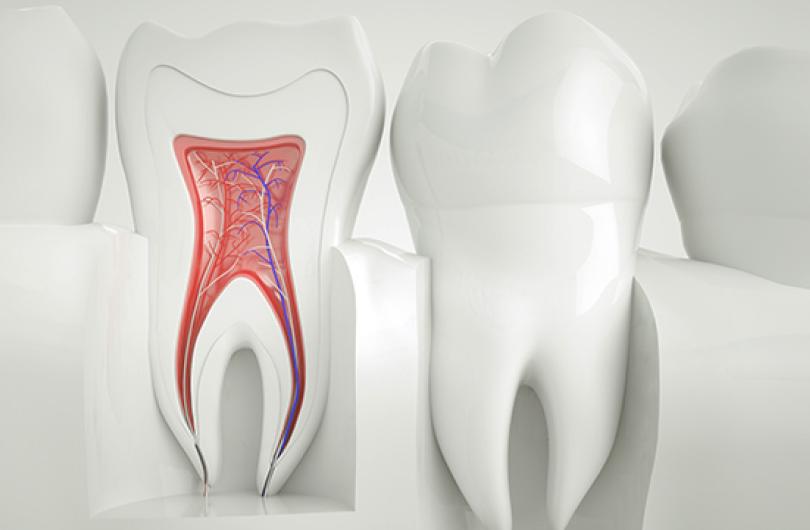How Dental Sealants Help Molars

Taking good care of our teeth is easy in our modern age, we have a variety of dental tools at our disposal: toothbrushes, toothpastes, and flossing methods to help us achieve excellent oral health. Another modern marvel (well, since the 1970s), dental sealants have been helping patients better protect and preserve their cavity-prone molars.
Why Molars? Molars have pits and grooves on the chewing surface, which easily trap bacteria and food particles that can attract plaque formation. Even though brushing removes oral debris from the smooth surfaces of your teeth, the bristles of your toothbrush can’t actually reach inside the fissures and depressions on the molar surfaces. This makes them easy targets for bacterial acids and sticky plaque.
How Are Sealants Applied? Applying sealant is done in one visit to your dentist and is simple, easy, and painless. A plastic resin is painted onto the tooth enamel, bonding to the tooth as it hardens. This resin can be a tooth-colored white or clear, depending on the type of sealant which is used. After the sealant is in place, it is inspected during dental cleanings and check-ups to make sure they are in good shape. If cared for and maintained properly, sealants can last up to ten years!
Who Wears Sealants? Because of their inclination to cavities and developing their oral hygiene skills, the typical candidates for sealants are children and teenagers. However, adults who are cavity-prone may be candidates for sealants on vulnerable molars as well.
If you have questions or concerns about your molars, or your children’s molars, see one of our skilled dentists or give our team a call at 903-509-0505 today!
More articles

2016
Having Dental Sealants
Usually by early to mid-adolescence, all of your child’s baby teeth will have given way to their permanent set of teeth. It is quite common for the occlusal or biting surface of your child’s back teeth to have natural deep pits and fissures. Sometimes these deep spots can be hard to clean with regular brushing alone. Stuck on plaque and residual food particles in these deep textures easily promotes cavities.

2016
Do you Need Root Canal Therapy?
What do you know about root canal therapy? As you may know, root canal therapy is designed to treat a tooth whose center is decayed or infected. Still, there are several myths surrounding root canal therapy.
As you know, you may need root canal when a cavity filling won’t save your tooth. You see, if you have an infection in the center of your tooth, your dentist will need to remove the infected area. Similarly, if the bone or root surfaces are damaged, you may need root canal therapy.

2016
Dental Phobia? Let Us Help!
Do you avoid routine dental checkups and cleanings because of dental anxiety? Or do you put off necessary dental treatment that is now affecting your oral health? If you suffer from dental phobia, you are not alone. Our practice is pleased to offer our patients sedation dentistry to help with their dental anxiety and make treatments a breeze.
